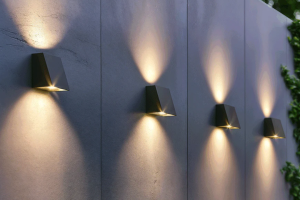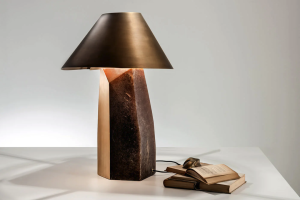The Power of Light
Light has long fascinated and inspired human beings. From the cave paintings of Lascaux to the stained glass windows of Gothic cathedrals, humans have sought to capture, manipulate, and reflect light in creative and meaningful ways. The Danish-Icelandic artist Olafur Eliasson is no exception to this fascination. Eliasson’s work is known for its interplay of light, color, and space, creating immersive and transformative experiences for the viewer.
Early Life and Artistic Beginnings
Olafur Eliasson was born in Copenhagen in 1967 to Icelandic parents. As a child, he divided his time between Denmark and Iceland, and was exposed to the natural wonders of both regions. His family’s connection to Iceland would later play a critical role in his artistic vision, as his work frequently explores the intersection of nature and technology.
Eliasson began his artistic training at the Royal Danish Academy of Fine Arts in 1989, where he studied sculpture. His early work, which often focused on the relationship between body and space, was influenced by the minimalist and conceptual art movements of the 1960s and 70s.
The Art of Light
In the early 1990s, Eliasson began incorporating light into his sculptures and installations, a move that would define his career. His use of light is both pragmatic and symbolic, as he seeks to explore the ways in which light can affect our perception of space, time, and color.
One of Eliasson’s most famous works is “The Weather Project,” which he created for the Tate Modern in London in 2003. The installation filled the museum’s Turbine Hall with a simulated sun and mist, creating an otherworldly environment that invited visitors to relax, socialize, and contemplate. “The Weather Project” was a sensation, drawing crowds of visitors and sparking discussions about the role of art in public spaces.
Transformative Experiences
Eliasson’s use of light is not limited to galleries and museums. He has also created installations and sculptures for public spaces, such as “Crying Sun” (2011), a large-scale sculpture in Reykjavik, Iceland that resembles the sun and changes color throughout the day, and “Your Rainbow Panorama” (2011), a circular walkway atop the ARoS Aarhus Kunstmuseum in Denmark that offers stunning views of the surrounding city.
Eliasson’s work is not just visually stunning, however. It also invites viewers to participate in the creative process, to engage with the installations and see themselves as active participants in the art. This sense of interactivity and transformation is a hallmark of Eliasson’s work, and it is what draws so many people to his installations.
A Vision for the Future
Eliasson’s work is more relevant than ever in today’s world, as we grapple with issues of climate change, urbanization, and the role of technology in our lives. His installations remind us of the beauty and power of nature, and urge us to consider how we can work with nature rather than against it.
As Eliasson himself has said, “What’s at stake is our ability to live on Earth.” Through his art, he seeks to inspire us to think creatively and empathetically about the world around us, and to imagine new possibilities for the future.



More Posts
Stunning Vintage Opaline Lights: Illuminating Homes with Timeless Elegance
Bringing Versatility to Light: Exploring the Benefits of Dual Light Technology
Shining Light on E14 Bulbs: The Ultimate Guide to Understanding and Using Them